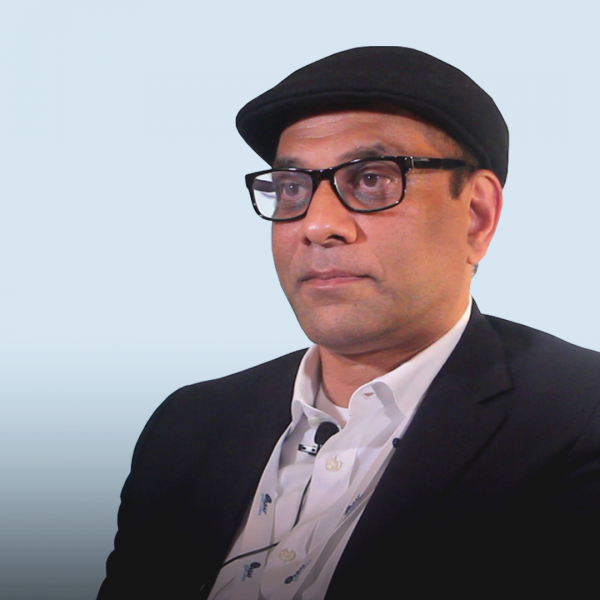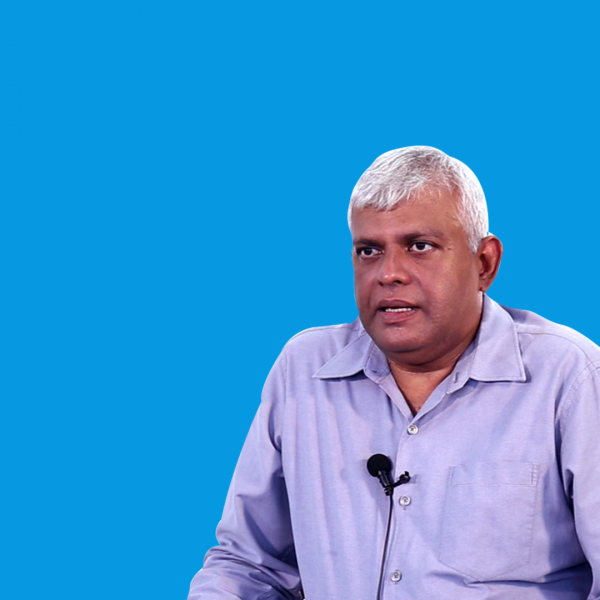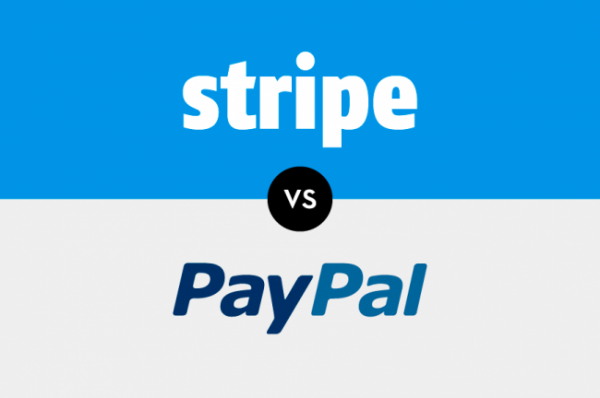
On the February 8, the National Policies and Economic Affairs Ministry launched the Swashakthi loan scheme, in a bid to create new jobs. Swashakthi could, ostensibly, create 25,000 startups that would then create a million jobs. The Government has allocated Rs. 4 billion to the project, expecting the 17 participating banks to ‘leverage’ it to Rs. 12 billion. The scheme is expected to bolster businesses and entrepreneurs from villages, giving them the capital they need to get things started. Loans can go up to a maximum of Rs. 250,000.
At face value, the whole scheme sounds like it could be a major opportunity to bring in fresh blood to the startup industry. The whole thing, however, is not quite what it’s being advertised to be.
The Application Process
The programme is open to micro, small, and medium scale entrepreneurs at the ‘village level’ who want to start new businesses, or expand current ones. It is also open for entrepreneurs who use ‘IT-based products’ and ‘local area resources’. The website also mentions that the loan scheme is open to youth, women, young graduates, and differently abled people, as if these are separate categories for business creation. They most probably want to encourage these segments of the population to apply, but it’s awkwardly phrased.
The project application will be judged on the following, slightly abstract, criteria:
- Novelty of business ideas
- Entrepreneurial and technical skills of the loan applicant
- Market demand for the proposed product
- Marketing and packaging strategies
- Potential for employment generation
- Appropriateness of technology
- Technical and financial feasibility of the project
- Environmental Impact
- Strength of the business plan
- All businesses that can potentially generate revenue in the Agriculture, Industrial and Service sectors are eligible.
Applications can be made at any of the 17 participating banks. The application form can be found on the Swashakthi website.

There are 17 banks participating in the loan scheme. Image courtesy: Swashakthi
Show Me The Money
If successful, the applicant gets a staggering Rs. 10,000 for initial expenses. The applicant needs to match this amount for the initial project work to begin. If all of that works out, an applicant can get a loan of up to Rs. 200,000 which has to be paid back at an interest rate of 5.5% per annum.
If the business is wildly successful after six months, you can apply for a further amount of Rs. 40,000. But in order to get the massive second part of the grant, the business should have a turnover growth of at least 20% per annum, must create at least one employment opportunity, and achieve 80% of the targets set in the business plan for the first six months. Of course, there is a second application process for this.
Is It Enough?
Two hundred and fifty thousand rupees is not a lot of money when it comes to a tech startup.
It’s going to cost you Rs. 20,000 just to register a company. Another Rs. 30,000 may go for a domain and Rs. 10,000 or so for some cheap hosting for a year. You may use the rest to buy some equipment, or software, or lease a service you might need for the business. You definitely can’t get workspace, or hire someone full-time. You could perhaps get some marketing material done, or pay a freelance coder for a bit of work, but not both. At least, not much of both. There won’t be much funding left for graphics work, or UX or UI design, or video. Sure, there are plenty of companies that have been bootstrapped, but what if you’ve only got slippers?
The funds could keep a single-person startup going for a couple of months. If there are no overheads, the money could go straight into developing a service, app, or very specific product for a niche clientele. Once a stable customer base has been built and the company is profitable, then it could scale. But it’s not a quick process.
A Disconnect
There seems to be a disconnect here between what the Ministry says it will do and what the loan scheme is actually capable of achieving.
The Swashakthi scheme includes entrepreneurs working on tech-related ideas, and talks about 25,000 “startups”, but what they really mean is MSMEs (micro, small, and medium enterprises). Over the last five years, the Central Bank has disbursed loans amounting to Rs. 79.5 billion among over 900,000 MSMEs. This Swashakthi scheme appears to be an extension of that process, but made more current by adding the words “startup” and “IT” to it.
Even the success stories on the Swashakthi website are mostly SMEs, except for music.lk, which looks to have been started by a single person back in 2006.

The success stories are mostly of SMEs. Image courtesy: Swashakthi
There is a significant difference between an SME and a startup. Though both are small in terms of revenue and staffing, SMEs cater to known customers in existing markets. Startups, on the other hand, are looking at creating new markets, or disrupting existing ones. Unlike SMEs, startups are built to scale rapidly. But it can also take years for investors to see returns on startups they invest in, which requires quite a tolerance for risk.
The Swashakthi scheme, if it gets off the ground, is a pretty great initiative to create SMEs at the village level. It has plenty of potential to create jobs and empower hundreds of thousands of people, but it is not really a new source of funding for startups. The government (or parts of it, rather) still does not seem to understand what a startup is, or what it can do for an economy. It would be great to actually have dedicated support for startups, especially at a grassroots level.
Featured image credit: Landmakers/trover.com







